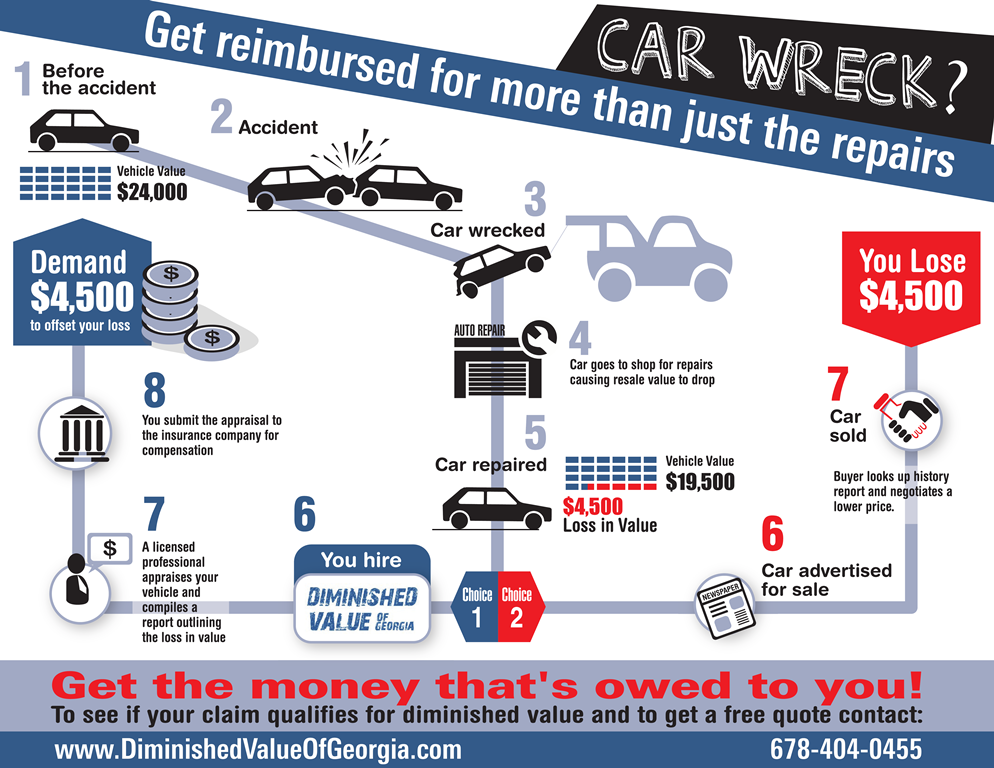Recognizing Your Cars And Truck'S Warning Lighting: What Do They Actually Mean?
Recognizing Your Cars And Truck'S Warning Lighting: What Do They Actually Mean?
Blog Article
Created By-Lim Corbett
When you lag the wheel, those glowing caution lights on your control panel can be a bit perplexing. Do you recognize what they're attempting to tell you about your auto's wellness? Recognizing the value of these lights is vital for your safety and security and the longevity of your car. So, the next time among those lights appears, would not you intend to understand its message precisely and take the needed actions to resolve it?
Common Warning Lights and Interpretations
Recognize common caution lights in your auto and comprehend their meanings to make sure secure driving.
The most regular warning lights include the check engine light, which signifies problems with the engine or discharges system. If this light comes on, it's critical to have your car checked immediately.
The oil stress alerting light shows low oil pressure, needing immediate interest to stop engine damage.
A blinking battery light might recommend a defective billing system, possibly leaving you stranded if not addressed.
The tire stress surveillance system (TPMS) light informs you to reduced tire pressure, influencing vehicle security and fuel performance. Neglecting this can bring about hazardous driving problems.
The abdominal light suggests a trouble with the anti-lock braking system, compromising your capability to stop quickly in emergencies.
Last but not least, the coolant temperature level warning light warns of engine getting too hot, which can result in severe damages otherwise dealt with quickly.
Recognizing these usual caution lights will assist you address problems without delay and maintain secure driving problems.
Value of Prompt Attention
Comprehending the common warning lights in your vehicle is just the first step; the significance of quickly attending to these cautions can't be stressed sufficient to guarantee your security on the road.
When a caution light brightens on your control panel, it's your cars and truck's method of connecting a possible concern that needs focus. Overlooking these cautions can result in a lot more extreme issues down the road, compromising your security and potentially costing you a lot more out of commission.
Motivate focus to advising lights can protect against malfunctions and crashes. For example, a blinking check engine light can show a misfire that, if left neglected, might cause damages to the catalytic converter. Addressing this promptly can conserve you from an expensive fixing.
In a similar way, a brake system warning light may indicate low brake fluid or used brake pads, critical components for your safety and security when driving.
Do It Yourself Troubleshooting Tips
If you see a warning light on your control panel, there are a few DIY fixing tips you can attempt before looking for specialist aid.
The initial step is to consult your automobile's handbook to comprehend what the details caution light indicates. In some cases the concern can be as basic as a loose gas cap causing the check engine light. Tightening up diamond detailing services might resolve the trouble.
https://remap-ecu-motor84061.azzablog.com/32241174/eco-friendly-automobile-explaining-products-you-need-to-try is a reduced battery, which can activate various cautioning lights. Examining the battery connections for rust and guaranteeing they're protected may take care of the issue.
If a caution light continues, you can try resetting it by separating the car's battery for a few mins and after that reconnecting it. Furthermore, checking your car's fluid levels, such as oil, coolant, and brake fluid, can help troubleshoot alerting lights associated with these systems.
Final thought
Finally, recognizing your vehicle's caution lights is vital for keeping your lorry running efficiently and safely. By quickly resolving these signals and understanding what they indicate, you can stay clear of expensive fixings and prospective break downs.
Bear in mind to consult your vehicle's guidebook for particular details on each cautioning light and act as necessary to guarantee a trouble-free driving experience.
Keep informed, remain secure when traveling!
